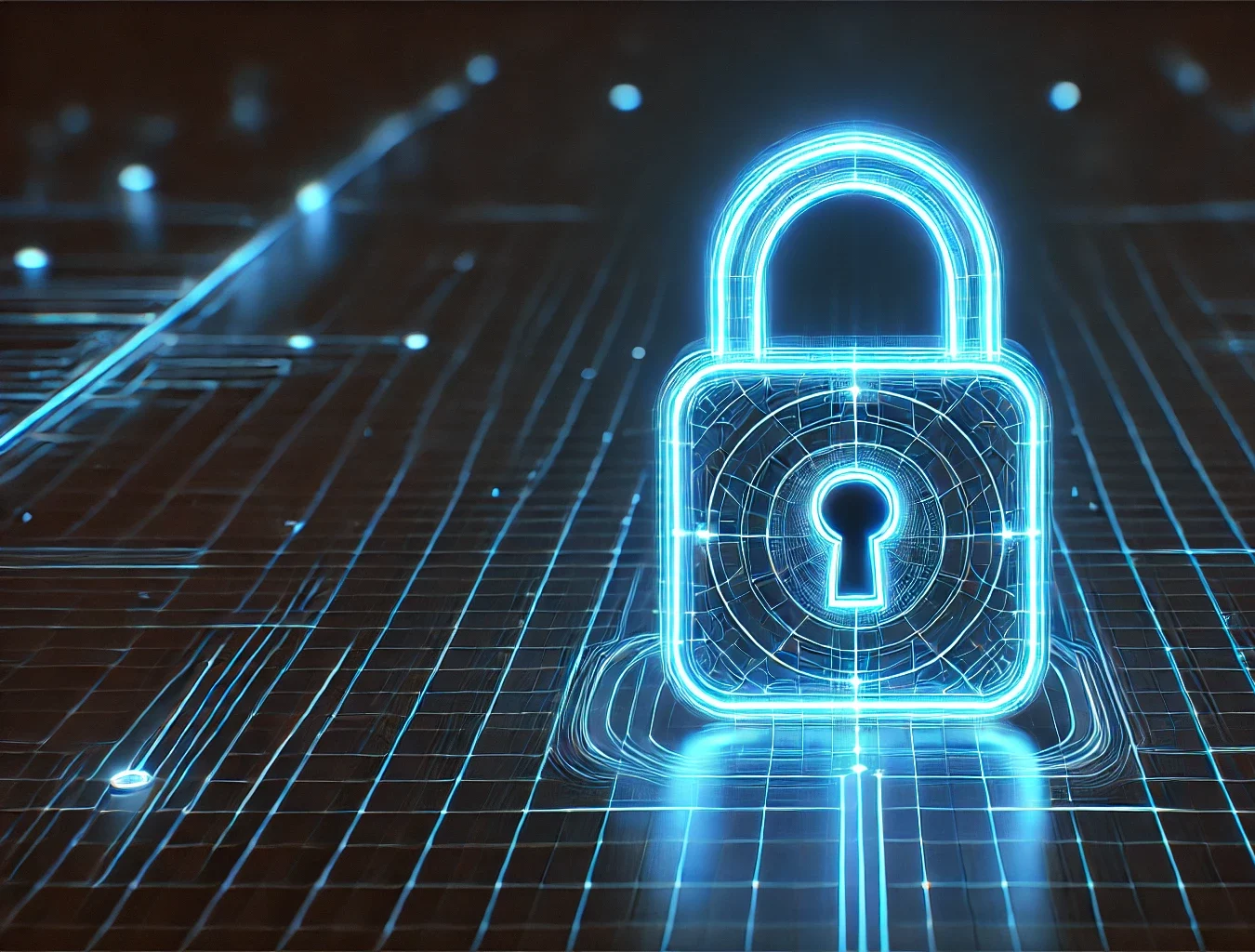
Passwords are the keys to your digital life. Whether you’re a tech guru, a casual internet user, or a small business owner, ensuring your passwords are secure is one of the most critical steps you can take to protect your online identity, accounts, and sensitive data.
Understanding Password Complexity
Not all passwords are created equal. To build truly secure passwords, it’s vital to understand the key factors that make them strong.
- Length Matters
- The longer your password, the harder it is for hackers to crack. A password with 12–16 characters is exponentially more difficult to breach than one with 6–8 characters. Most cybersecurity experts recommend a minimum of 12 characters.
- Use a Mix of Characters
- To strengthen your password, use a combination of uppercase letters, lowercase letters, numbers, and special characters. For example, “P@ssw0rd987!” is significantly harder to guess than “password123”.
- Randomness Wins
- Avoid predictable patterns. Birthdays, anniversaries, or common words in any language make your password vulnerable to brute force and dictionary attacks. Random combinations, like “B7$xPqze19#”, are much safer.
Common Password Mistakes to Avoid
Creating weak passwords can compromise your security. Here are common mistakes you should avoid at all costs:
- Using Personal Information
- Names, birthdays, pets’ names, and addresses are easy for hackers to find through social media or public records. Keep this information out of your passwords.
- Repeating Passwords Across Accounts
- Using the same password for multiple accounts puts you at risk. If one account is hacked, all linked accounts become vulnerable.
- Relying on Default Passwords
- Many devices and apps come with preset passwords like “admin” or “1234.” Change these immediately to something secure.
- Keeping Passwords Short and Simple
- Short passwords may be quick to type, but they’re just as quick for hackers to crack. Complexity is critical.
Best Practices for Creating Strong Passwords 
The following guidelines will help you create passwords that stand the test of time and cyber threats.
- Use Passphrases
- Instead of a single word, think of a short sentence or phrase. For example, “Sunny$Beaches2024!” is stronger and easier to remember than a random jumble of characters.
- Avoid Common Substitutions
- Hackers are wise to common substitutions like “$” for “S” or “0” for “O.” While helpful, these shouldn’t be the sole factor your password relies on.
- Don’t Save Passwords in Your Browser
- Although convenient, saving passwords in your web browser leaves you open to vulnerabilities if the browser itself is compromised.
Password Management Tools
Password managers are indispensable for both convenience and security. These tools store, generate, and manage your passwords, ensuring they’re complex and unique for every account.
Popular Password Managers
Some highly rated options include:
- LastPass
- Dashlane
- 1Password
- Bitwarden
Key Features to Look For
- Encrypted vaults to store your passwords.
- Autofill features for user convenience.
- Secure password generators to create strong, unique credentials for each of your accounts.
Multi-Factor Authentication (MFA): Adding an Extra Layer
MFA, or multi-factor authentication, adds an extra layer of security by combining your password with an additional proof of identity. This could include something like a code sent to your phone, a fingerprint scan, or facial recognition. Even if someone manages to steal or guess your password, MFA provides a secondary barrier, significantly reducing the risk of unauthorized access and keeping your online accounts much safer.
Types of MFA
- SMS-based Authentication
- Sends a one-time code to your phone via text message. You’ll need to enter this code after typing your password. While convenient, this method can be vulnerable to SIM-swapping attacks if not paired with additional security measures.
- App-based Authentication (e.g., Google Authenticator, Authy)
- These apps generate time-sensitive codes that refresh every 30-60 seconds. Since the codes are generated directly on your phone, this method is often more secure than SMS-based authentication.
- Biometric Authentication
- Relies on unique physical characteristics, such as your fingerprint or facial features, as the second layer of security. Biometric methods are highly convenient and difficult to replicate, making them a strong option for protecting sensitive accounts.
MFA is a simple and effective way to protect yourself in an increasingly digital world and implementing it on your accounts is a crucial step toward better online security.
What to Do If Your Password Is Compromised 
If you suspect a password breach, act fast to secure your accounts and limit damage. Here’s what to do:
- Change the Password
- Immediately update the compromised password. Use a strong, unique password with a mix of letters, numbers, and symbols. Avoid using personal info like your name or birthdate. Consider using a password manager for secure storage and generation of complex passwords.
- Enable Multi-Factor Authentication (MFA)
- If MFA isn’t enabled, activate it now. MFA adds a second step, like a code sent to your phone, making it harder for hackers to access your account.
- Check for Unauthorized Activity
- Review your account’s activity log for suspicious logins, transactions, or changes. This will help you understand the impact of the breach.
- Update Other Accounts
- If the same password is used on other accounts, update those immediately. Reusing passwords is a major risk, as one breach can compromise multiple accounts. Secure all your accounts with unique passwords.
- Notify Relevant Parties
- For business or shared accounts, inform your IT department, colleagues, or stakeholders right away. Quick action can prevent further issues like unauthorized access or malware spread.
- Stay Alert
- Monitor your accounts for unusual activity in the following weeks. Hackers might try to log in again or use phishing tactics to regain access. Be cautious with emails or messages requesting sensitive info.
By acting quickly and carefully, you can reduce the impact of a breach and improve your account security.
Password Security for Small Business Owners
If you’re a small business owner, your staff’s password habits can directly impact your company’s security. Weak passwords could expose your sensitive company data to cyber threats.
Key Steps for Small Businesses
- Enforce a company-wide password policy.
- Train employees on secure password practices.
- Invest in enterprise-level password management tools to lock down sensitive information.
The Future of Password Security
While traditional passwords are still the norm, their days may be numbered as new technologies emerge, offering even stronger and more secure alternatives. These advancements aim to address the vulnerabilities of passwords, such as weak combinations or data breaches, by introducing smarter, more user-friendly solutions.
Emerging Trends
- Biometric Authentication
- Fingerprint scanning and facial recognition have already become a staple in modern devices, from smartphones to bank apps. These methods are not only more secure but also more convenient, removing the hassle of remembering passwords. As the technology evolves, we may see more sophisticated biometric options like voice recognition and even retina scanning becoming mainstream.
- Password-less Logins
- Methods like magic links, single-use codes, and authentication tokens are gaining traction as replacements for traditional passwords. These approaches aim to make login processes faster and more secure by reducing the risk of password theft or phishing attempts. Major platforms like Google and Microsoft have already begun implementing these solutions, signaling a future where passwords might become obsolete.
- Behavioral Analysis
- This cutting-edge technology takes authentication to the next level by analyzing unique user behaviors. From typing speed and rhythm to browsing patterns and mouse movements, behavioral analysis creates a personalized security profile for each user. While still in its early stages, this method could add an additional protective layer by identifying unusual activity that might indicate a potential security breach.
As these trends continue to develop, the way we think about online security could fundamentally change, offering not only greater protection but also a more seamless user experience.
Take Control of Your Online Security
Your online security starts with the actions you take today. By implementing the strategies in this guide—creating strong passwords, avoiding common mistakes, and leveraging tools like password managers—you can secure your accounts and protect your personal and professional life.
Secure your digital life today! Don’t leave your passwords and sensitive information at risk. Contact Absolute Technology Solutions for expert guidance on cybersecurity and password management. With tailored solutions and professional support, we can help protect your online presence and give you peace of mind. Reach out now and take the first step toward stronger security!
Share this Post








